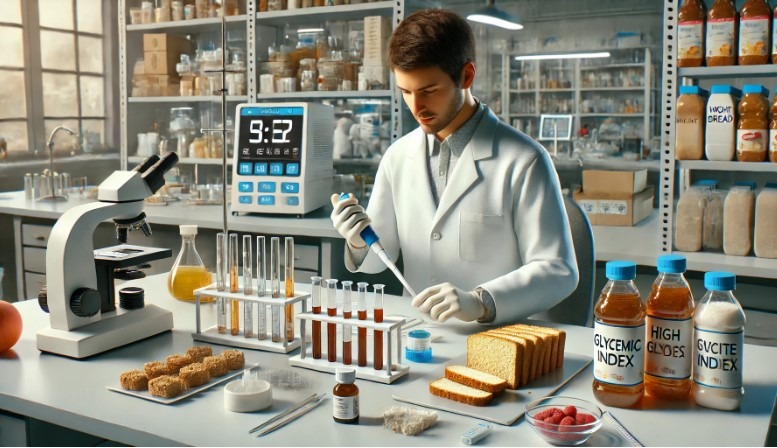How Food Preparation and Processing Affect Glycemic Index (GI)
The way a food is prepared or processed can significantly influence its glycemic index (GI), particularly in foods high in starch. Grinding, mashing, rolling, or even thoroughly chewing carbohydrate-rich foods breaks down their starch molecules, making them easier to digest and increasing their GI. For example, research shows that simply mashing a cube of potato can raise its GI by about 25% (Wolever et al., 2001).






